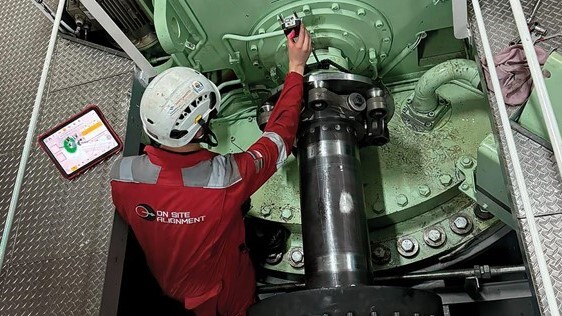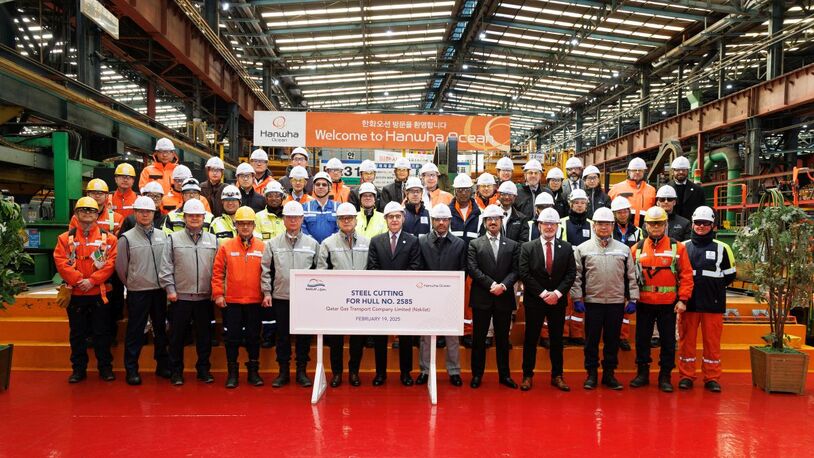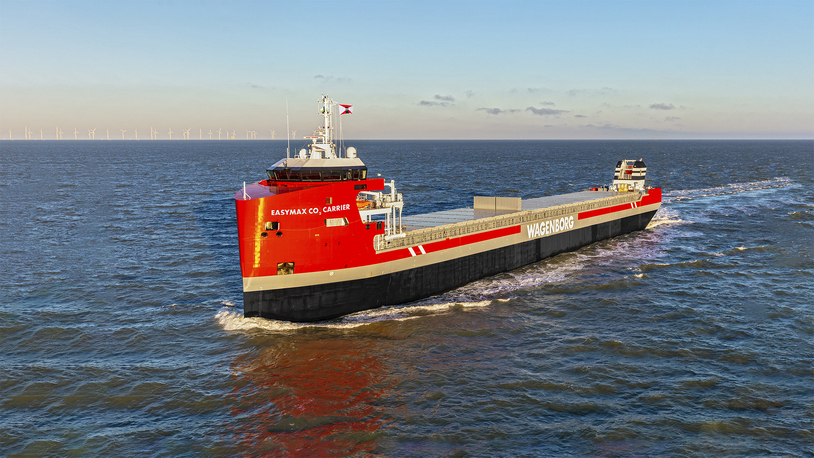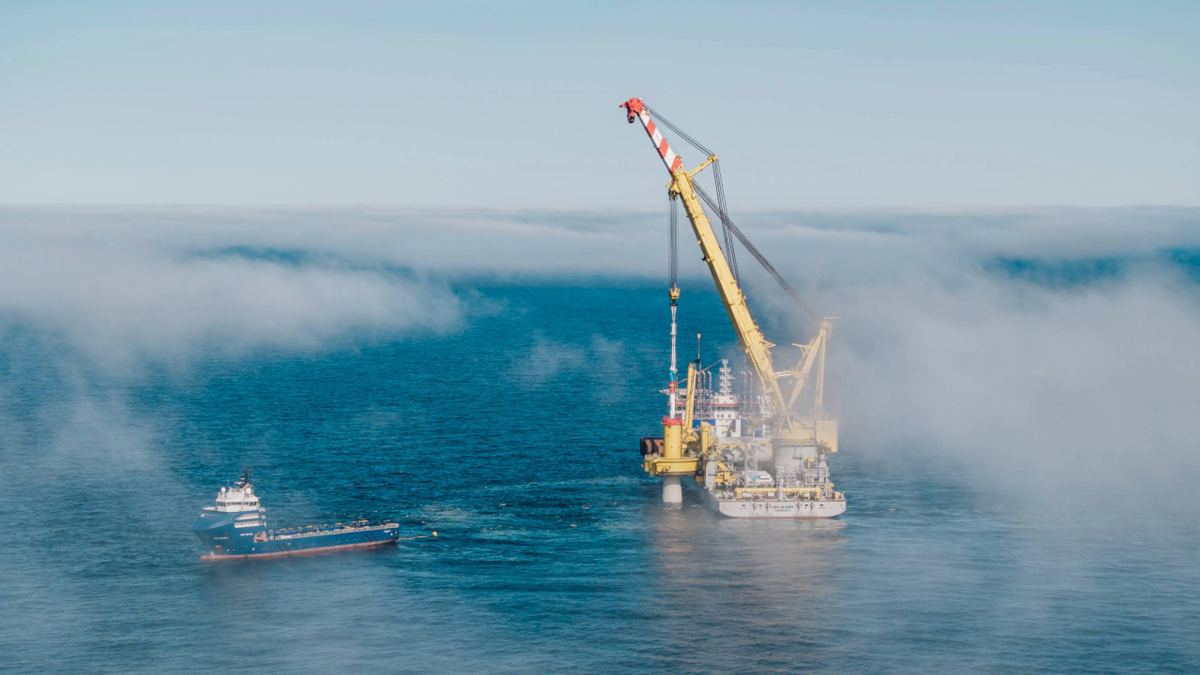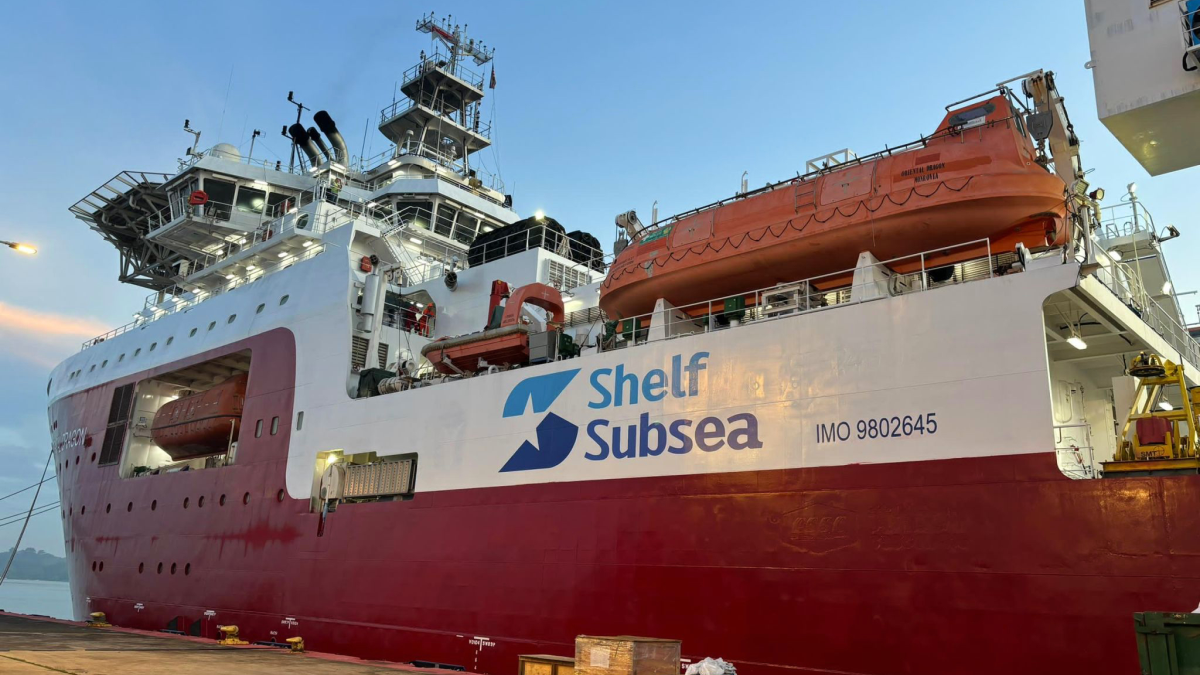Business Sectors
Events
Contents
Register to read more articles.
Offshore wind in 2022: another year of strong growth and record newbuild investment
Clarksons Research says the offshore wind market in 2022 was characterised by strong growth, further internationalisation and record investment in vessels serving the sector
Reviewing full year 2022 data points for the offshore wind industry and vessel markets released on the Renewables Intelligence Network, Clarksons Research managing director Steve Gordon said, “Offshore wind continued its exciting growth phase, with a 15% increase in global capacity to 60 GW. 8 GW came online last year, which is second only to the exceptional 19.9 GW growth in 2021, driven by Chinese expansion, with China (28.6 GW) and the UK (13.7 GW) the largest producers.”
Mr Gordon said internationalisation continued, with 18 countries now having active offshore windfarms, a figure that rises to 50 including windfarms under development or at the planning stage. Italy produced its first power from offshore wind, while India committed to tendering its first projects.
Despite delayed regulatory timelines and inflation pressures, 2022 saw US$22Bn of new capex commitments. Clarksons expects this to increase to US$52Bn in 2023.
“We estimate the fleet supporting offshore wind construction and maintenance has reached 1,283 vessels with 190 under construction, including wind turbine installation vessels, commissioning service operation vessels (CSOVs), crew transfer vessels and of other types that are active in the wind market,” Mr Gordon said.
“Vessel markets tightened, with utilisation across the European wind turbine installation vessel market averaging 84%, up 11% year-on-year, but with a strong summer season at 93%. Our day rate assessments for walk-to-walk vessels meanwhile increased by ~40% year-on-year as demand for construction support increased and vessel supply remained limited, in part due to strengthening in offshore oil and gas.”
Clarksons’ 2022 data shows record newbuild investment with US$6.2Bn of orders including 25 wind turbine installation vessels orders worth US$4.1Bn, although 21 were from Chinese owners and 24 CSOV orders. The company’s projections suggest a further US$26Bn of orders over the next five years.
Mr Gordon and his team also highlight the strong focus on emissions reductions for vessels, which continued in 2022: all CSOV newbuild orders will be equipped with batteries and two were ordered with hydrogen.
In addition to offshore wind’s crucial role in the energy transition, energy security was also a key issue in 2022 and several European countries increased offshore wind targets because of the conflict in Ukraine. Clarksons is projecting offshore wind capacity will reach 250 GW, across 730 windfarms and 30,000 turbines, by 2030. Today the equivalent figures are 60 GW, 275 active offshore windfarms and 12,100 turbines.
“Today, offshore wind is 0.4% of global energy supply, but our energy transition modelling suggests it could be 7% to 9% by 2050,” Mr Gordon concluded.
The Offshore Wind Journal Conference will be held in London (UK), 7 February 2023. Use this link to access more information and to register your interest
Related to this Story
Events
Maritime Environmental Protection Webinar Week
The illusion of safety: what we're getting wrong about crews, tech, and fatigue
Responsible Ship Recycling Forum 2025
© 2024 Riviera Maritime Media Ltd.

